Baku Famous Films & Cinema: Iconic Movie Locations
Baku is not only the Caspian Sea, the blend of East and West, and the shine of the Flame Towers. The capital of Azerbaijan has also become a true star of the big screen. From Soviet comedies to international dramas, the city has served as the backdrop for stories audiences still love today. Walking through Icherisheher or along the seaside boulevard, you may suddenly find yourself standing where iconic movie scenes were filmed.
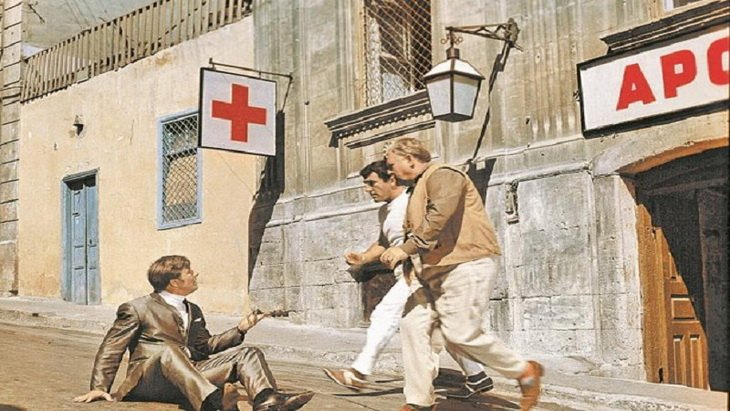
It’s impossible to talk about cinema and Baku without mentioning The Diamond Arm (Brilliantovaya ruka, 1969). This legendary comedy by Leonid Gaidai is one of the most beloved films in Soviet cinema. While the plot takes place “abroad,” many scenes were actually shot in Baku.
The Old City (Icherisheher) played the role of Mediterranean streets. Narrow alleys, ancient stone walls, and carved balconies perfectly created the “southern” atmosphere the director sought. The most famous scene is Yuri Nikulin’s character slipping on a stone staircase — a moment that became part of cinema history.
Even today, tourists visit to find that very staircase. Some recreate the fall for fun photos, while others simply enjoy standing in a spot that feels both cinematic and authentic. In The Diamond Arm, Baku is not just a backdrop — it became one of the film’s characters, adding warmth and color to the comedy.
Another cult film tied to Baku is Don’t Be Afraid, I’m with You! (1981), directed by Yuli Gusman. Unlike The Diamond Arm, where Baku “played” a foreign city, here the Caucasus and Azerbaijani culture were proudly shown on screen.
The film is a mix of comedy, adventure, and music, with Azerbaijani singer and actor Polad Bülbüloğlu in the lead role. His songs became just as iconic as the movie itself, and are still remembered fondly by viewers.
Some scenes were filmed in Baku and its surroundings. The bustling streets, courtyards, and glimpses of local life give the story authenticity. The movie is not just entertainment — it’s a journey into the spirit of Azerbaijan in the 1980s: musical, joyful, and welcoming.
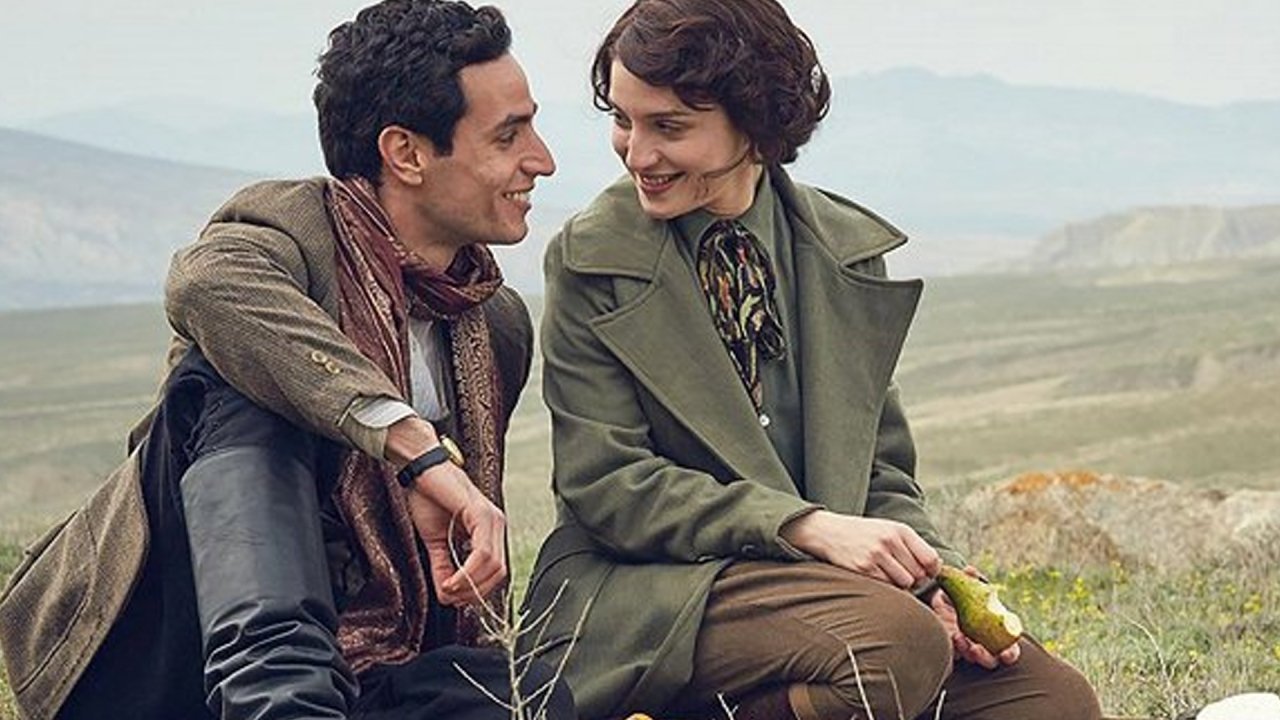
The international project Ali and Nino (2016), based on the famous novel by Kurban Said, once again brought the world’s attention to Baku. The film tells the tragic love story of Ali, a Muslim boy from an aristocratic family, and Nino, a Georgian Christian girl. Their romance unfolds against the backdrop of World War I, revolution, and the short-lived independence of Azerbaijan.
The movie carefully recreates the atmosphere of early 20th-century Baku. Historic districts, old courtyards, and preserved facades became natural sets. Unlike Soviet films where Baku often “played” other cities, here it portrayed itself — cosmopolitan and dramatic, at the crossroads of cultures and destinies.
Beyond these three iconic films, Baku appeared in many others. Soviet directors often chose the city as an “Eastern” setting for adventure dramas and comedies. Its mix of medieval streets, oil-boom mansions, and the seaside boulevard made it a universal filming location.
In recent decades, foreign filmmakers have also discovered Baku: Turkish and French films, Indian music videos, and Netflix documentaries have all been shot here. Today, the Flame Towers, the seaside boulevard, and Icherisheher frequently appear on screen, impressing audiences with their striking contrasts: old and new, East and West, tradition and modernity.
Baku is a city that can be many things. It can play the role of a medieval fortress, a southern port, an Eastern town, or a futuristic metropolis. This versatility makes it a magnet for filmmakers.
For tourists, this means one thing: walking through Baku is like walking across a giant open-air film set. There’s the staircase where Nikulin fell, the courtyard where Polad Bülbüloğlu sang, the streets where Ali and Nino walked.
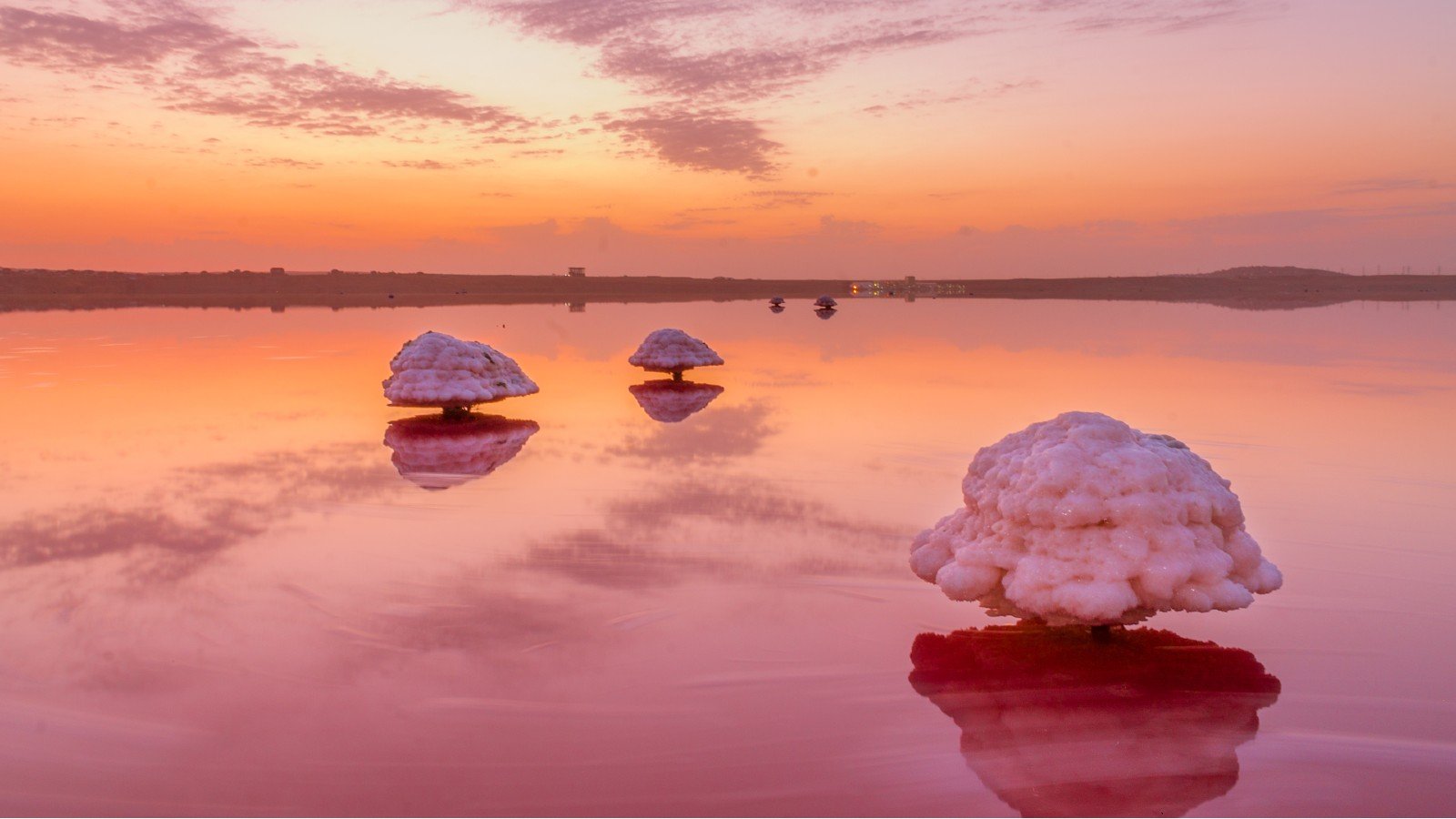
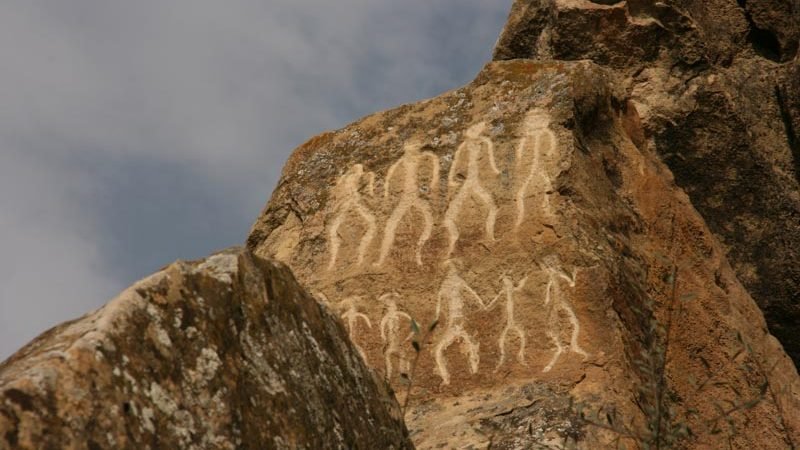
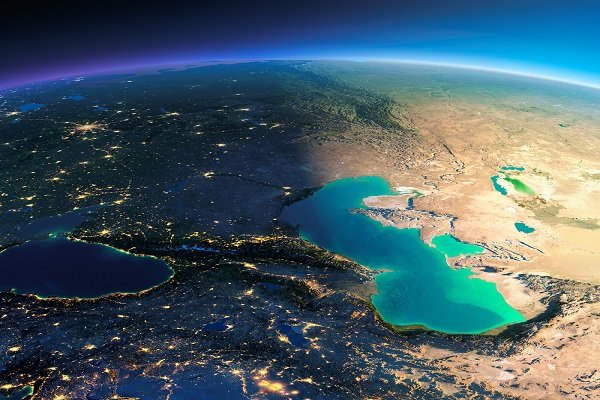
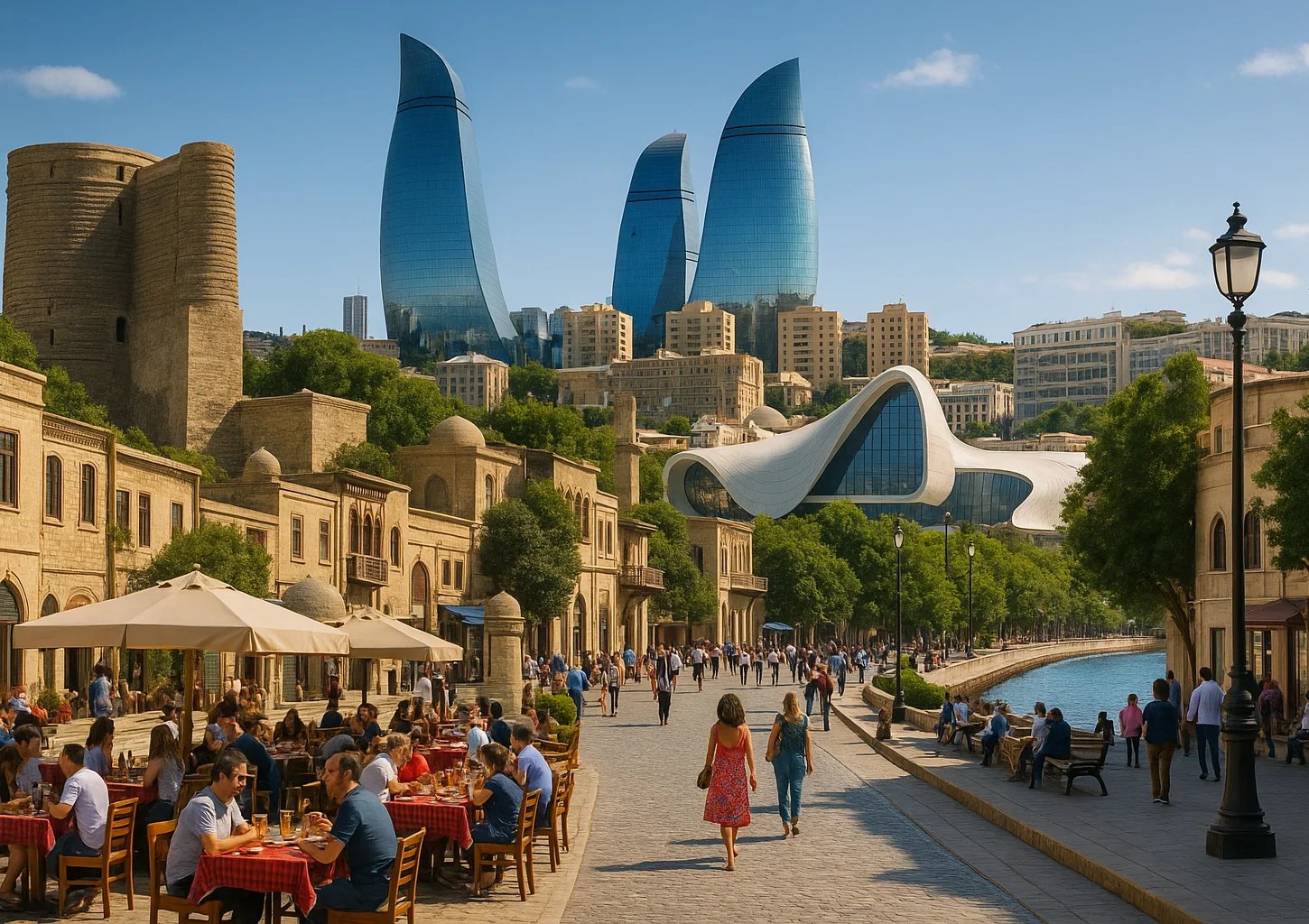
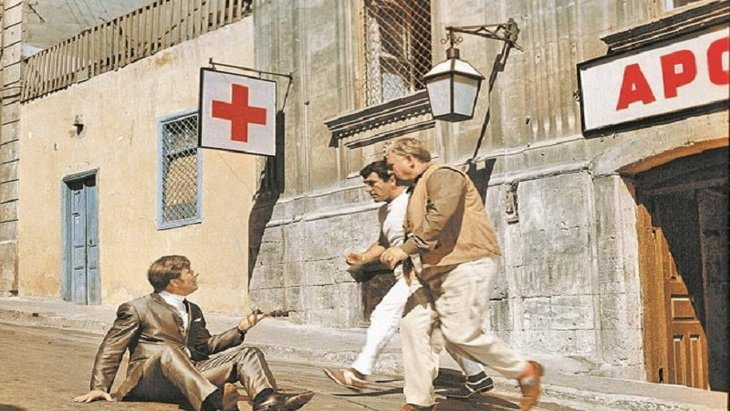
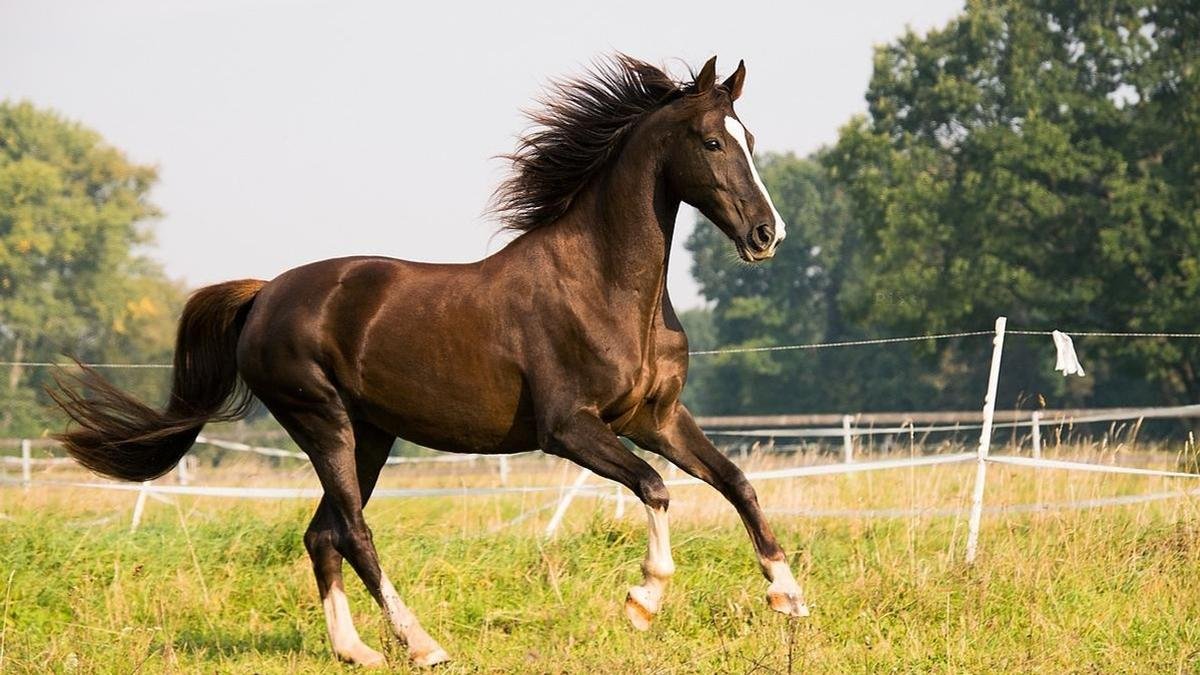



Comments
No comments yet.
Leave a Comment